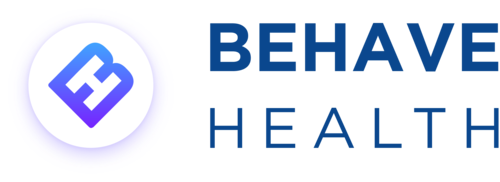Your addiction treatment center is only as healthy as its revenue cycle management. At the heart of the revenue cycle is the “Net Days in Accounts Receivable” performance indicator, which—in an ideal world—should be no more than 30 days. The faster you get paid, the easier it is to support a strong cash flow and avoid racking up bad debt.
How to Get the Top 10 Insurance Companies to Cover Care for Your Patients
Working with the top insurance providers in the country is an important part of running an addiction treatment business. Each company handles their billing differently.
Slowly building relationships with employees at each company over time is the “gold standard” approach for managing tricky claims and other sticky billing issues with the top 10 insurance companies for addiction treatment.
Top 5 Reasons Why Most Addiction Treatment EHR Implementations Fail
Implementing a new EHR can feel like a daunting project.
When it goes right, implementing a new EHR can save your organization time and money while improving the quality of care you deliver to patients. When it goes wrong—look out! Your revenue cycle, productivity, and patient care all take a significant hit.
How to Make a Perfect Addiction Treatment Biopsychosocial Assessment Every Time
Biopsychosocials (or “BPS” for short) are often one of the first pieces of documentation addiction treatment counselors complete with their patients. Although busy clinicians might dread writing these lengthy and time consuming tomes on each client, the BPS is more than just a mandatory insurance form.
4 Ways to Improve Your Behavioral Health Center's SOAP Notes Today
SOAP (Subjective, Objective, Assessment, and Plan) notes have been the cornerstone of medical documentation since Lawrence Reed introduced the “Problem Oriented Medical Record” in the 1950’s. Before the dawn of SOAP notes, medical practitioners of Reed’s time had no standardized method of record-keeping. Instead, each provider would scribble notes in their own fashion, making insurance reimbursement, coordinated care, and chart review difficult and time-consuming.
